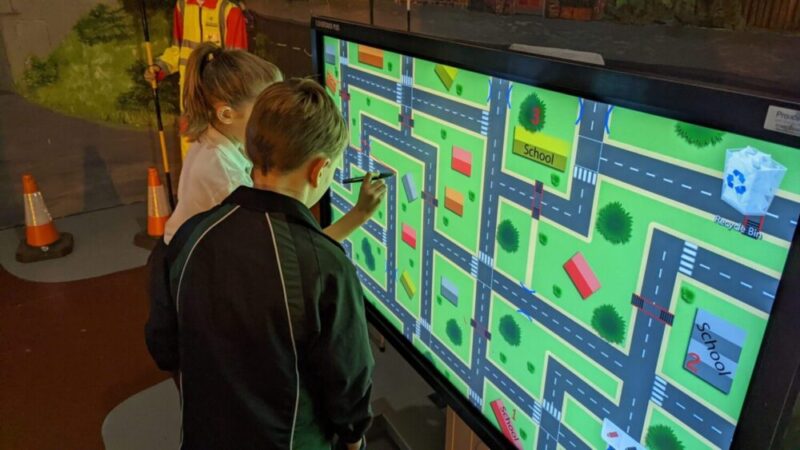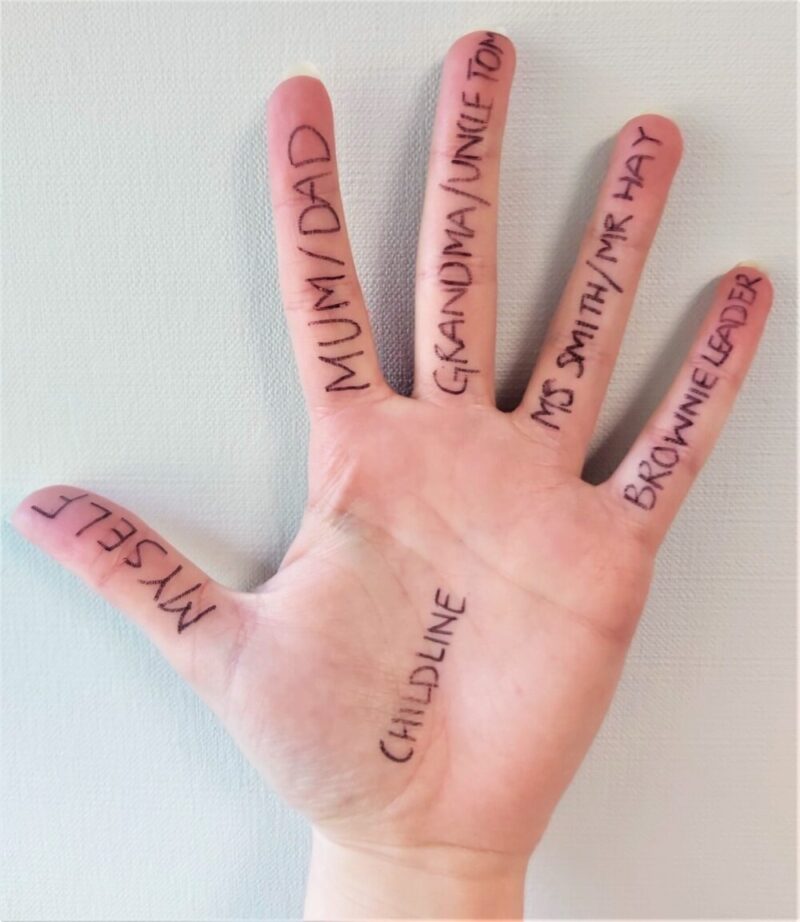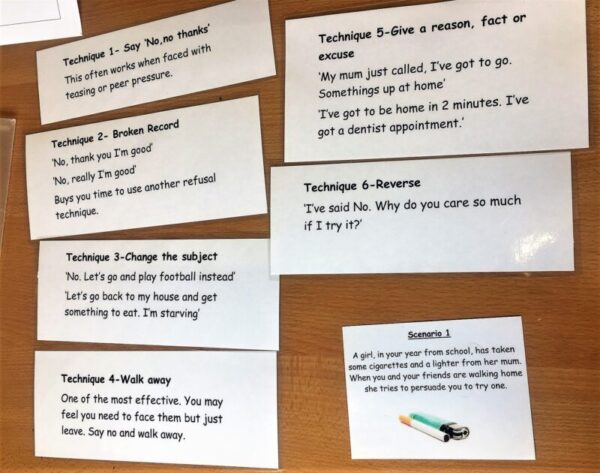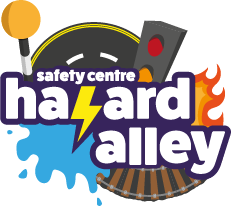Back To School Safety
Back To School Safety
We’re talking about back to school safety this week, as children and families prepare to go back to school.
Whether you are starting somewhere new or returning for another year, our top safety tips and advice are there to help support you as you kick start the new academic year.
Walking To School
Our roads may be safer than they were a few years ago, but it doesn’t change how important it is to learn about road safety, especially when we are walking to school for the first time by ourselves.
The latest changes to the Highway Code make pedestrians a priority at crossings, including junctions, before cyclists, horse riders and cars. However, as we always say at the Safety Centre, even if we are being safe, it does not mean that everyone around us is being safe. Accidents can still happen, and according to RoSPA, 39 fatal accidents on the road in 2019 were children aged 15 and under.
So, if you are planning to walk to school make sure to:
Plan Your Route To School
Planning your route is a great way of finding the quickest and safest way to school. You can locate where the road crossings are, as well as avoid the places that you shouldn’t cross. Once you have planned your route, we also recommend that you practise it with a parent or carer. This can help you feel more confident and avoid making unsafe decisions.
Look For Multiple Ways To Get To School
Sometimes, the route we would normally take might be cut off due to road repairs or even accidents. In cases such as this, we would have to find an alternative path to get to school. Unexpected events like this can cause us to feel worried or stressed, which may lead to us making unsafe decisions. By practising multiple routes, you will always have another option.
Stay Bright, Stay Seen
Wearing bright clothing makes it easier for all road users to see you, especially when you are walking home after school. Whilst school uniforms are usually dark in colour, there are other bright things we could wear, such as a coat or bag. You can add bright accessories, such as a reflective keyring or strap to your bag. It might not seem like much, but this can make all the difference.
Be Free From Distractions
In order to cross the road safely, we need to use our eyes and ears. If we are too busy looking at our phones or listening to music, we may miss oncoming danger. Stay free from distractions and get to school safely.

Create a Hand…..A Helping Hand
There can be times when you feel sad, worried or stressed about things that are happening at home or school. In times such as these it is important to tell someone.
At the Safety Centre, we call this the Helping Hand. Your thumb represents yourself, as there are times when we can fix the problem. However, if it is something we need help with, each finger on our hand represents a group of adults you could turn to.
Why not take the time to think about who you would include on your hand? If you aren’t too sure, why not check out some our examples below to help give you an idea.
Index Finger
The index finger represents adults you would find at home. This could be your mum, dad or carer. You might even live with an adult brother or sister.
Middle Finger
The middle finger refers to people in our wider family, such as our grandparents, uncles and aunties. This can also include any adult cousins that you are close to.
Ring Finger
Your ring finger finger includes any adult you feel you can trust at school. It could be a teacher, teaching assistant, headteacher or lunchtime supervisor.
Little Finger
The last, but certainly not least, little finger represents any other adults that you know. It could be your friend’s parents, a neighbour or activity leader.
If you are not able to reach anyone face to face, Childline is there online or on the phone, all day, everyday.
Remember, there is nothing so awful that you cannot talk to someone about it. If you feel that you are not being heard, keep trying until someone listens to you.

The Power Of Saying No
No might seem like an easy word to say but we don’t always feel like we can, especially when it comes to our friends.
Friendships are really important to us and it is only natural that we want to fit in, but it is also important to recognise when this might lead to unsafe choices and negative consequences.
We may not realise it but our friends can influence us, shaping the way we behave and make decisions. Changing the way we think, feel or act in order to fit in with or make a person or group of people happy is known as peer pressure. This isn’t always bad as they could help to change your view of a situation to make it more positive, but there are occasions when it can be.
When we are in situations where friends are encouraging us to do something that makes us uncomfortable or that we know is wrong, it can be difficult to know what to do. Especially if the rest of your friends are doing it. You may feel worried that by not joining in you might loose your friends or be the target for bullying. These feelings are very common, but there are steps you can take to help you. Remember, it is never ok to fit in with people at the expense of harming yourself or others.
Think! Is The Choice I’m About To Make Right Or Wrong?
There will be times when this is more obvious than others, but that won’t make it any less difficult. Our bodies are often very helpful in these situations with sending out early warning signs, such as an increased heart beat, shaking and feeling sick. These appear when we are scared or nervous and are there to tell us that the situation we are in might not be safe.
We can also ask ourselves how this choice will affect:
- Ourselves
- Our future
- Our family
- The people around us
- Our community
If any of the above would be affected in a negative way due to a choice that we would make, it can help to give us the confidence to say No.
Walk Away
Sometimes the easiest thing to do is walk away from the situation. It is easier if others join you, but don’t let this stop you if they don’t.
Use Your Helping Hand
Think about the people you could tell. They will be able to help you make the right decision, or open up a safe space for you to relay your concerns with your friends.

To Find Out More
For more information about our amazing Hazard Alley tour or any of our training courses, contact us on bookings@safetycentre.co.uk.
